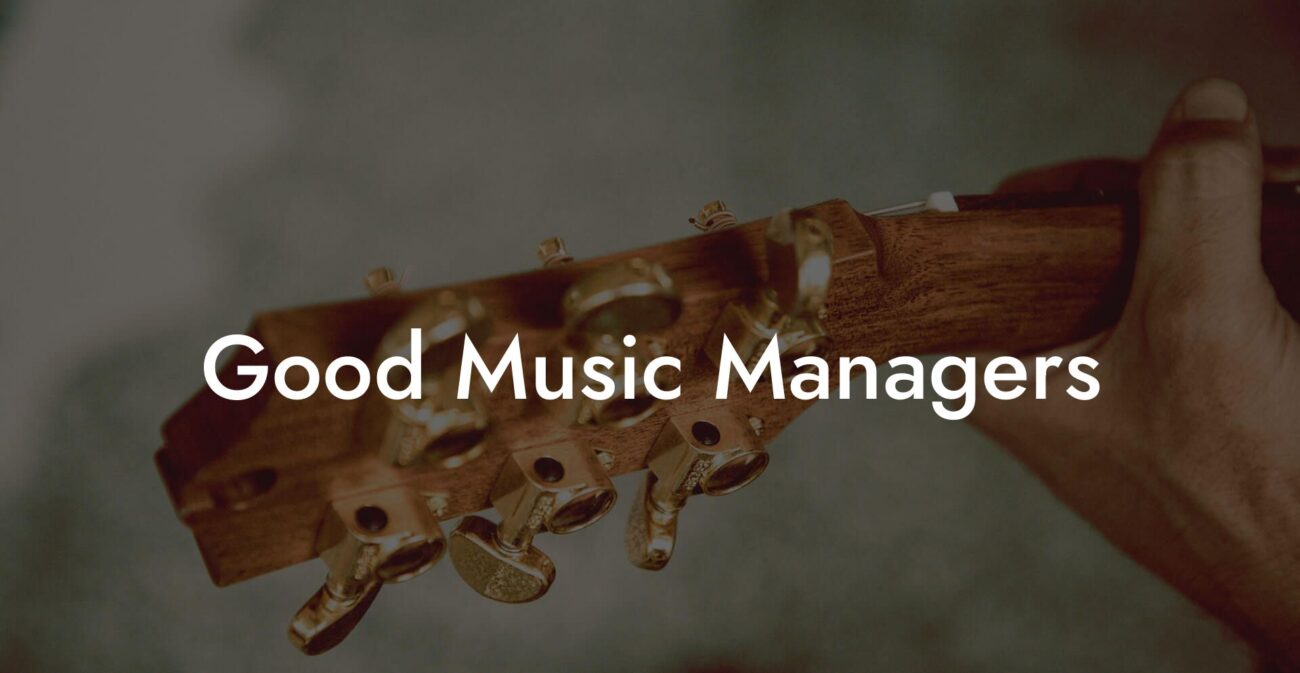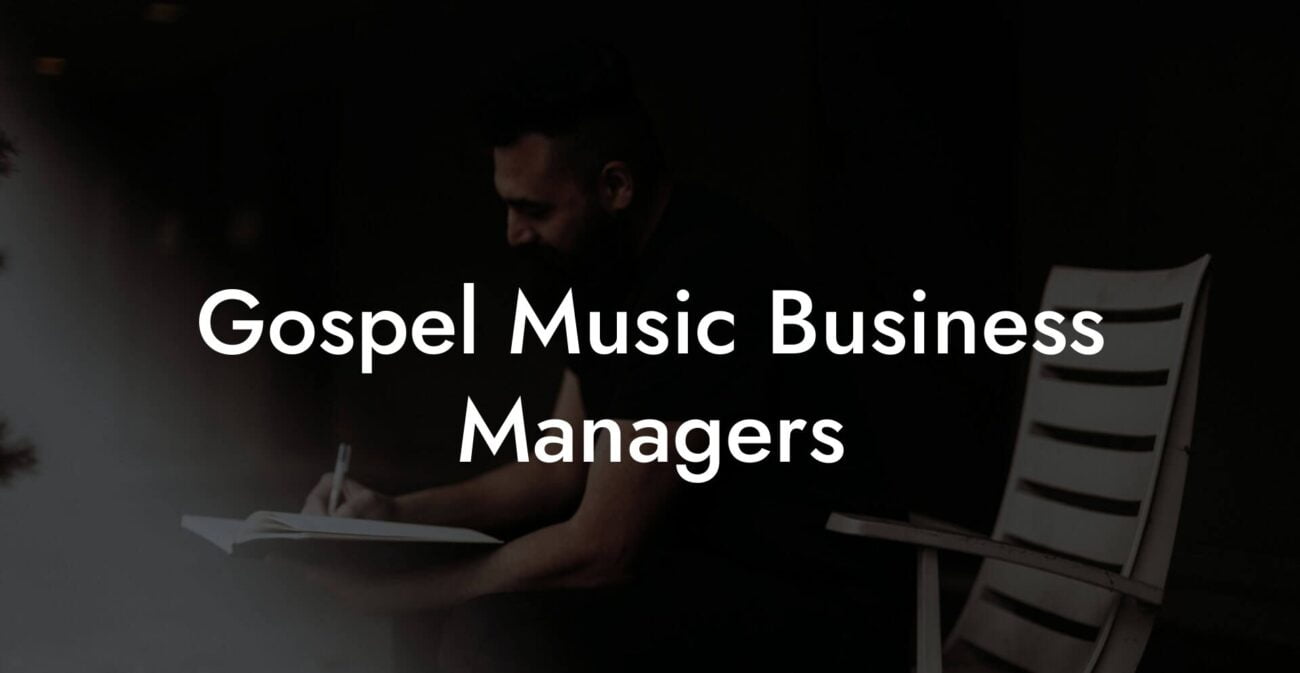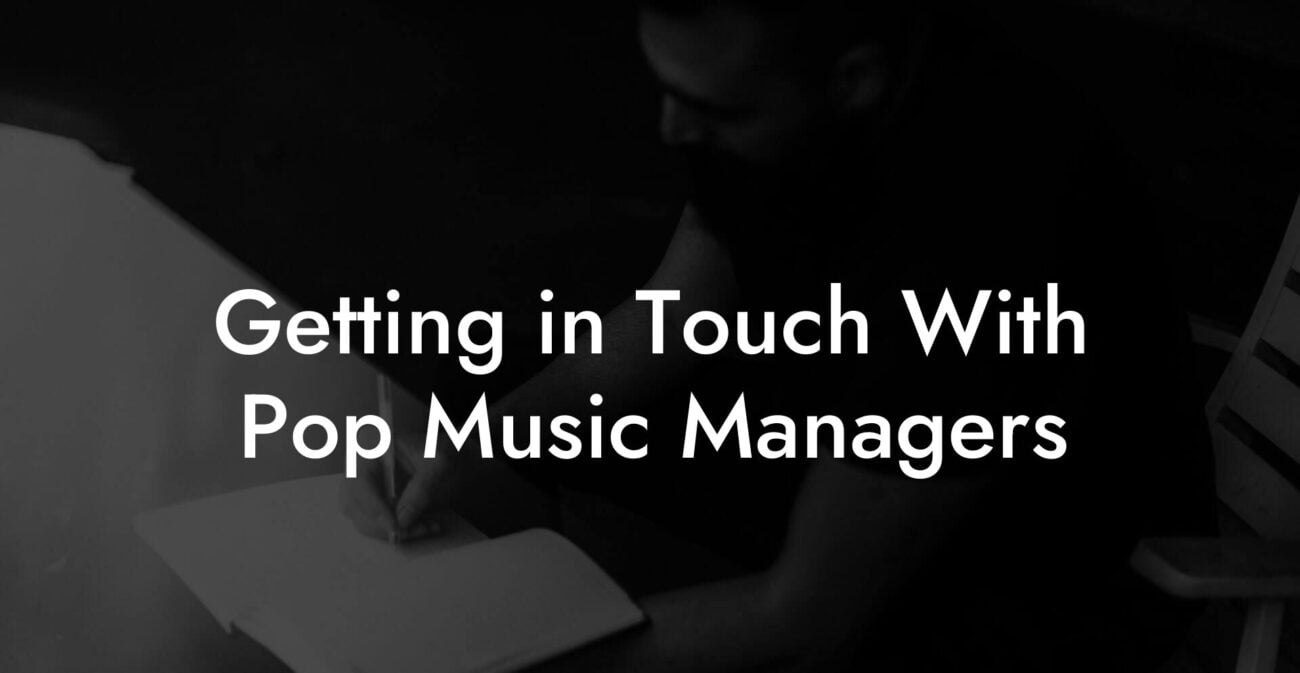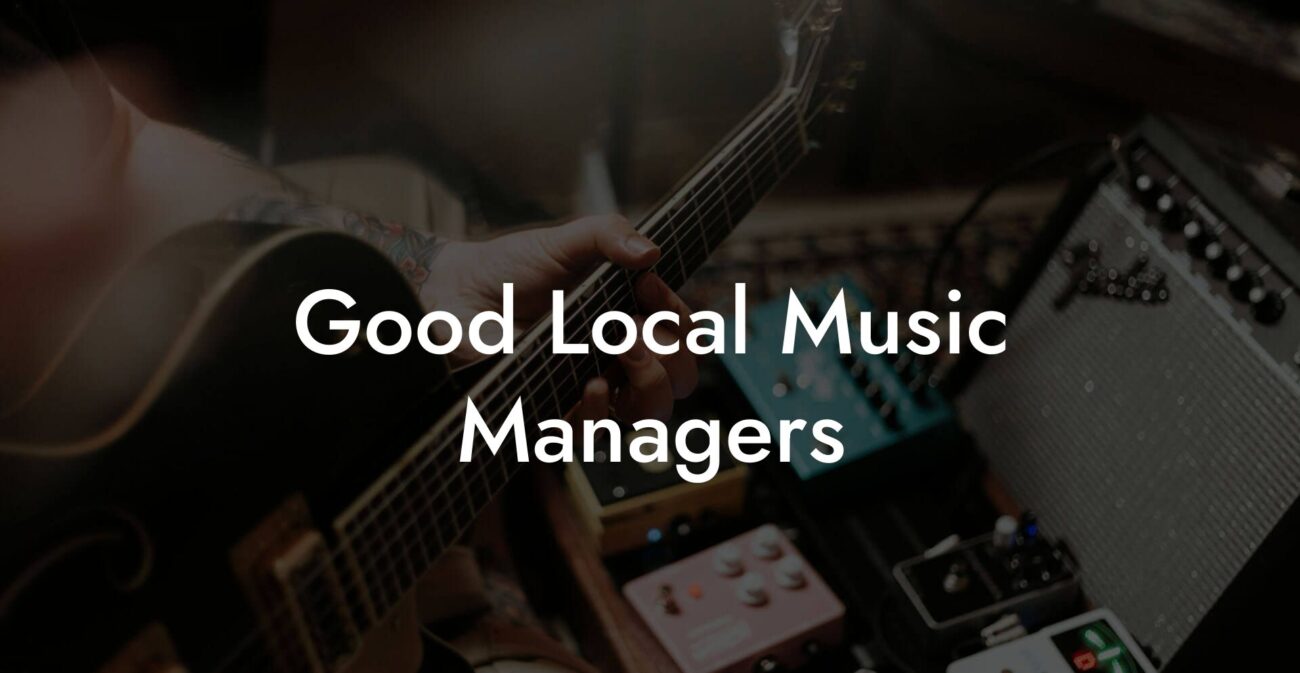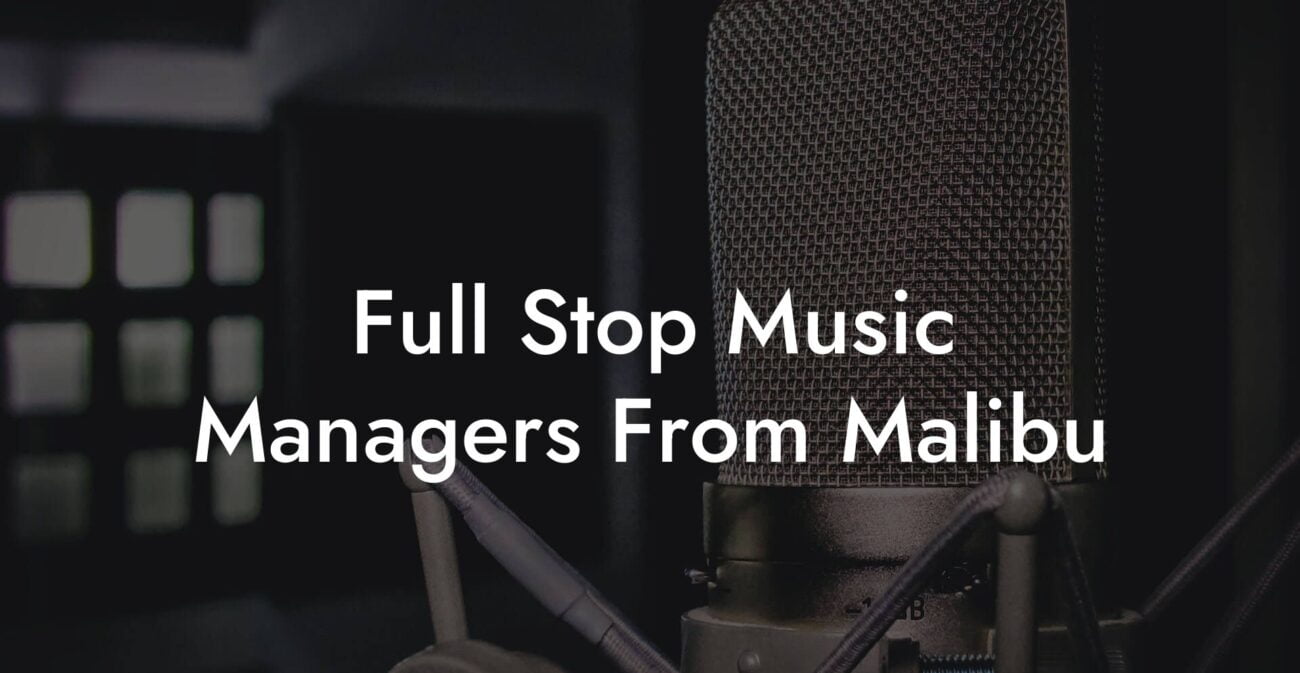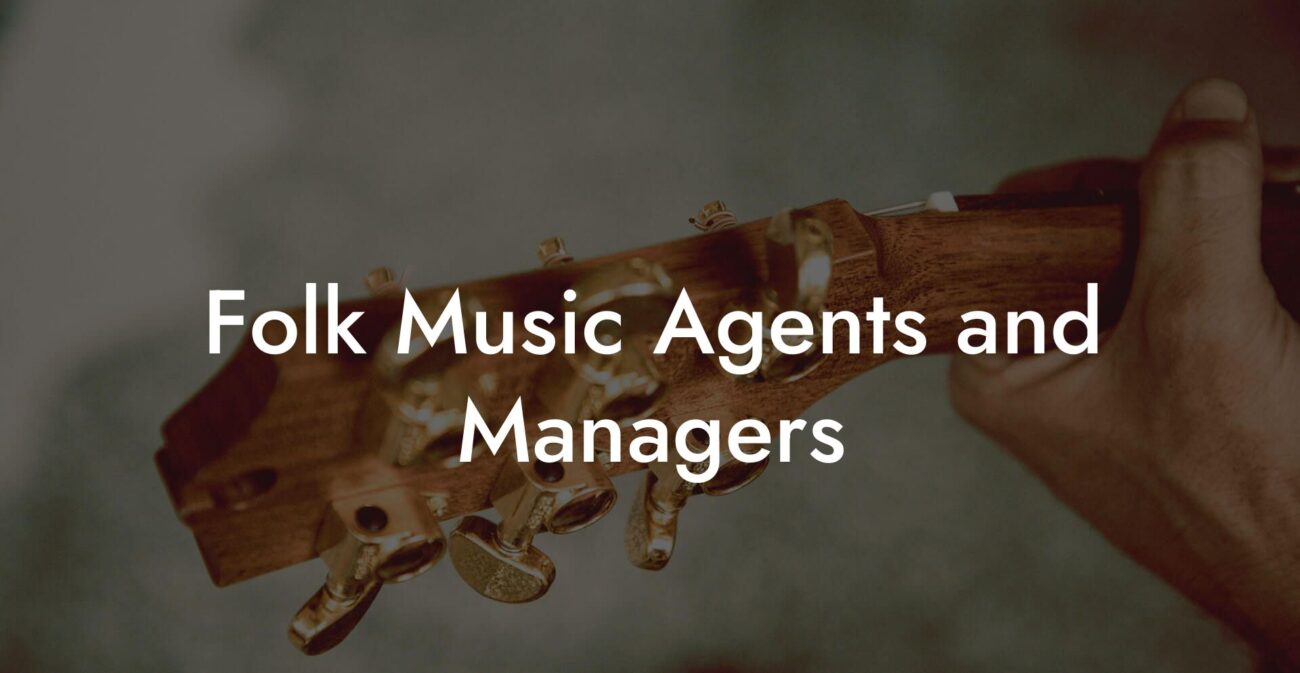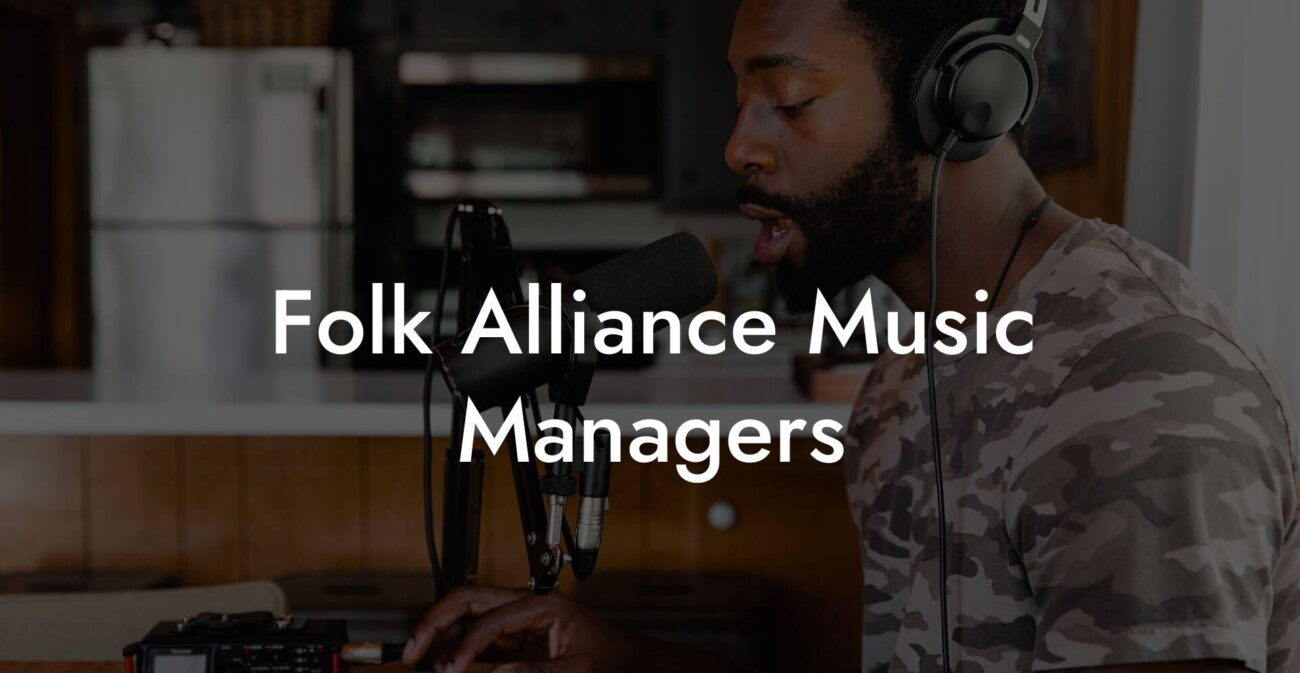Songwriting Advice
How To Make Lofi Music
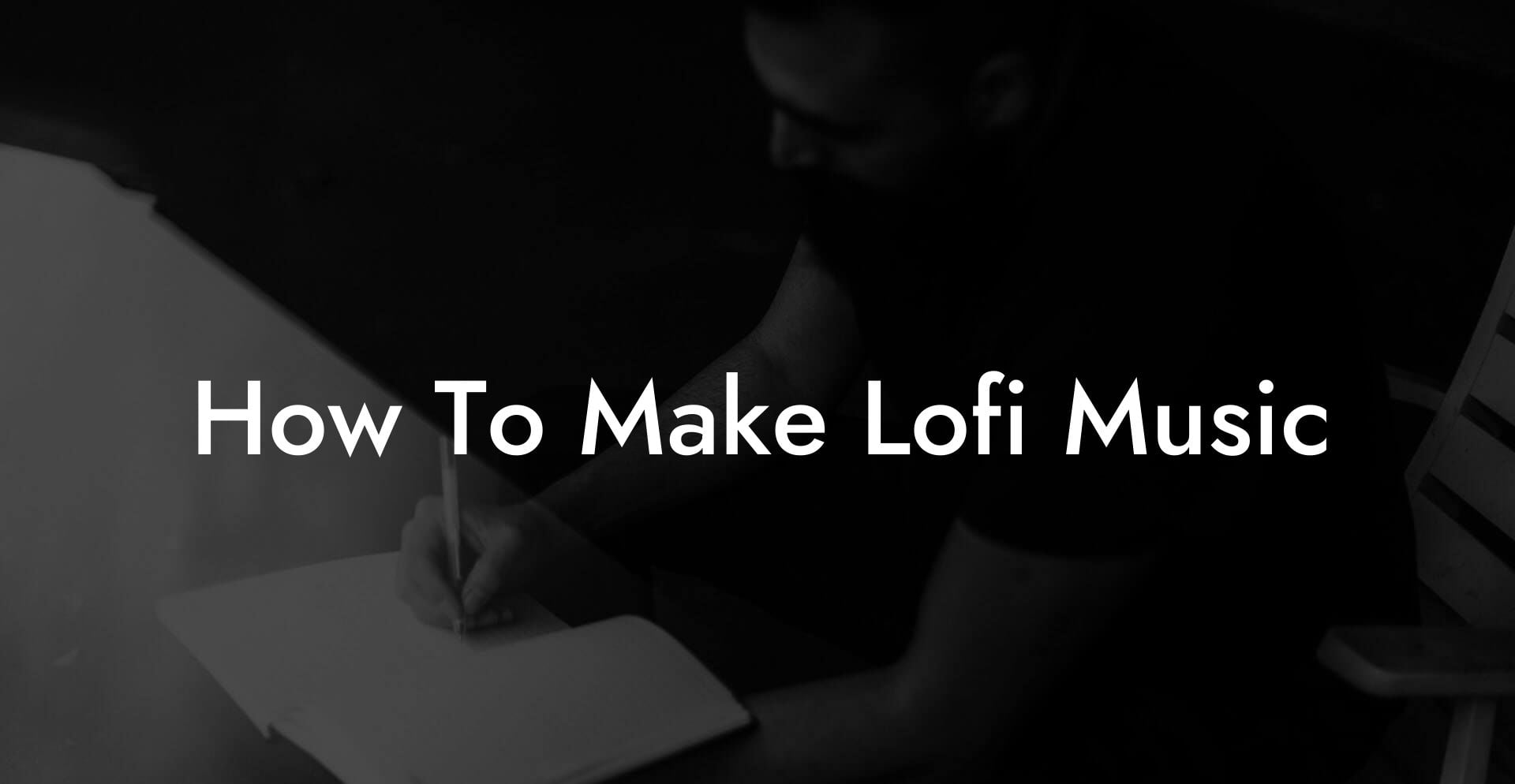
You want beats that feel like a warm hoodie on a rainy morning. You want tracks that make listeners study better, cry a little, and share playlists like they are performing community service. Lofi music is chill, imperfect, tactile, and emotional. This guide breaks the whole process down into practical steps you can use today whether you make beats on a laptop, a dusty MPC, or a phone while waiting in line for coffee.
Quick Interruption: Ever wondered how huge artists end up fighting for their own songs? The answer is in the fine print. Learn the lines that protect you. Own your masters. Keep royalties. Keep playing shows without moving back in with Mom. Find out more →
Quick Interruption: Ever wondered how huge artists end up fighting for their own songs? The answer is in the fine print. Learn the lines that protect you. Own your masters. Keep royalties. Keep playing shows without moving back in with Mom. Find out more →
Quick Links to Useful Sections
- What Is Lofi Music
- Key Elements Of Lofi Music
- How To Think About Lofi Production
- Essential Gear And Software
- Computer Or Phone
- DAW
- MIDI Controller
- Audio Interface And Microphone
- Headphones Or Monitors
- Tempo, Groove, And Pocket
- Drum Programming That Sits In The Room
- Sampling And Chopping
- Chord Progressions And Harmony
- Basslines That Support Without Showing Off
- Melody And Top Line Ideas
- Textures And Effects That Create Lofi Character
- Mixing Lofi Tracks
- Mastering For Lofi
- Legal Stuff And Sample Clearance
- Distribution And Promotion For Lofi
- Monetization Options
- Common Mistakes And How To Fix Them
- Creative Exercises To Improve Fast
- One Loop Two Moods
- Thirty Minute Beat
- Field Recording Challenge
- Templates And Quick Start Packs
- Where To Find Lofi Samples And Sounds
- How To Collaborate On Lofi Tracks
- Track Release Checklist
- Action Plan To Make Your First Lofi Track Today
- Frequently Asked Questions
- Lyric Assistant Tips And Resources
We will cover what lofi actually means, the gear you need, how to craft drums and chords, how to add textures that sound analog, mixing tips that work for low fidelity aesthetic, legal things you must know, release strategies, and creative exercises that actually move a track from idea to streamable. Expect jokes, real life analogies, and no fluff. This is the manual you can follow while your plant judges your life choices.
What Is Lofi Music
Lofi is short for low fidelity. Low fidelity means the sound includes the imperfections and artifacts that would normally be considered audio sins. Those things can be tape hiss, vinyl crackle, frequency smears, tiny timing drift, and mild distortion. In lofi they become mood makers. Lofi as a genre is broad. It can be instrumental hip hop, ambient grooves, or chilled electronic vignettes. The common promise is atmosphere. The listener is invited to sink into a mood more than to stare at complex arrangement details.
Think of lofi like a hand written note from a friend. The grammar is casual. The smudges prove the note was held. Those imperfections make it intimate. In production terms you are intentionally adding texture and limiting polish to create emotional warmth.
Key Elements Of Lofi Music
- Tempo and groove. Usually relaxed. Common tempos are between 60 and 90 BPM. You can use half time or double time feel depending on pocket.
- Chords and harmony. Jazz influenced chords like major sevenths and minor sevenths are common. Modal color and simple progressions keep focus on vibe.
- Drums. Laid back, with swing and gentle compression. Kicks are soft. Snares or claps are often muffled and cozy.
- Texture. Vinyl noise, tape saturation, ambient room tone, field recordings, and subtle tape wow and flutter. Texture creates space.
- Melody. Sparse melodic ideas. Flutes, Rhodes, guitar motifs, or simple vocal chops that repeat and breathe.
- Arrangement. Minimal. Sections change slowly. The track is often loop friendly and good for playlists that demand consistency.
How To Think About Lofi Production
Make the emotional promise first. What feeling do you want to create. Comfort, melancholy, focused calm, nostalgia, or a sleepy party on a porch. Once you have that feeling pick textures and chord choices that support it. If the promise is nostalgia choose vinyl crackle, field recordings from public transit, and minor major seventh chords that pull at memory.
Real life example. You are making a track called 3 AM Notebook. The promise is gentle insomnia and creative focus. You choose 75 BPM. You use a dusty Rhodes patch, a sampled vinyl loop, a soft kick with a short click, a brushed snare, and a layer of coffee shop ambient sound recorded on your phone. The arrangement keeps the vibe moving by adding or removing the coffee shop sound to indicate emotional shifts.
Essential Gear And Software
You do not need expensive gear to make lofi. Most classic lofi producers started with cheap recorders, free software, and thrift store keyboards. Here is a practical list.
Computer Or Phone
A laptop makes everything easier. A capable phone can also work if you use phone friendly apps. The most important resource is creative time and a system to capture ideas quickly.
DAW
DAW stands for digital audio workstation. It is the software where you arrange, record, and mix. Popular DAWs include Ableton Live, FL Studio, Logic Pro, and Reaper. There are free options like Cakewalk for Windows and GarageBand on iOS and Mac. Choose one you can use daily. Learning one DAW well beats owning many and not finishing tracks.
MIDI Controller
A small keyboard or pad controller helps you play chords and record human feel. You can program everything with a mouse but fingers add groove. Cheap controllers start under a hundred dollars and deliver more vibe than their price suggests.
Audio Interface And Microphone
An interface and a dynamic microphone are optional unless you want to record live instruments or voice. Many lofi producers rely on samples so these are not essential. If you plan to sample vinyl a USB turntable or an interface to connect a turntable will be necessary.
Headphones Or Monitors
Decent headphones are important for mixing. You do not need studio masters. A flat response is helpful but not required. Many lofi mixes intentionally lean into color. Know how your monitoring colors sound and check on other systems like laptop speakers and phone earbuds.
Tempo, Groove, And Pocket
BPM means beats per minute. It measures tempo. Lofi producers often pick tempos that feel like breathing rates. Sixty BPM is very slow and feels heavy. Eighty BPM is commonly used because it allows both a relaxed pulse and room for rhythmic complexity.
Groove is about timing. Use swing to push or pull notes off rigid grid placement. Many DAWs have a swing or groove template. Humanization by nudging some notes slightly off the grid or varying velocity makes a loop feel lived in. Imagine a drummer late on the backbeat because they were sipping tea. That tiny delay is charming in lofi.
Drum Programming That Sits In The Room
Drums in lofi are not about punchy club impact. They are about pocket and color. Here is a workflow for drums that feel right.
- Choose a soft kick with low click and a warm body. Layer a low sine hit if you want sub presence without harsh attack.
- Pick a snare or clap that is muffled. Add a transient shaper to soften attack if needed. Brushes and rim hits work great.
- Add hi hats with natural variation. Use different velocities and tiny timing offsets. Closed and open hats should complement each other not fight for space.
- Use swing on the drum pattern. If your DAW allows groove templates extract groove from a live drum loop or a human played MIDI file.
- Apply mild saturation on the drum buss. Analog tape style saturation or mild distortion glues the kit into the mix.
- Consider sidechain compression from kick to other elements to create a breathing effect. Sidechain means using one signal to control compression on another signal. The effect makes room for the kick without killing warmth.
Real life scenario. You program a four bar loop where the kick hits on one and the and of three. The snare sits slightly after two and four. You add swing at 55 percent. The loop breathes like someone walking into a warm kitchen.
Sampling And Chopping
Sampling is a core ingredient in lofi. You can sample old records, library music, royalty free packs, or your own recordings. A caution. Sampling copyrighted commercial recordings without clearance can cause legal trouble if you release the track commercially. We cover clearance later. For initial learning use royalty free samples or public domain material.
Chopping means taking a sample and slicing it into pieces you can reorder. Classic lofi producers chop a four bar loop into pockets then rearrange slices to create new groove. You can also time stretch a slice for mood. Keep transients soft and avoid crispy artifacts unless that is your aesthetic choice.
Technique. Import a short loop into a sampler. Slice by transient or fixed grid. Map slices across keys. Play or sequence a new pattern using those slices. Add pitch variation and mild detuning for character.
Chord Progressions And Harmony
Lofi harmony often borrows from jazz. Useful chords include major seventh, minor seventh, dominant seventh, and minor ninth. You do not need advanced theory to use them. Here are simple recipes.
- Start with a two chord loop. For example Cmaj7 to Am7. This creates a gentle emotional arc.
- Use seventh chords to add color. A simple C7 is C E G Bb. A Cmaj7 is C E G B.
- Experiment with passing chords. Add a chord a half step underneath for a surprise that still feels soft.
- Use voicing. Play the same chord with different note order to change mood without changing harmony.
Real life practice. Play a minor seventh shape and move the bass while keeping the top notes similar. This small change gives motion with minimal drama. It is the sonic equivalent of rearranging cushions on a couch and suddenly the room looks new.
Basslines That Support Without Showing Off
Bass in lofi sits under the chord. It often follows root notes with small embellishments. Use short slides or grace notes. Keep the tone round and warm. Sub bass should be present but not boomy. Use an EQ to carve space where the kick sits and let the bass occupy its own pocket.
Melody And Top Line Ideas
Melodies in lofi are simple and memorable. Use sparse motifs that repeat. A small flute line, a sampled cello short phrase, or a vocal chop that loops can become a hook. Use reverb and delay as instruments. Delay with dotted timing at low feedback can turn one note into atmosphere.
MIDI tips. Quantize lightly not strictly. If you quantize everything you will kill human feel. Play with velocity and timing. A melody that breathes is more engaging than a perfectly locked one.
Textures And Effects That Create Lofi Character
Here is the secret sauce list. These are the tools that make a clean recording sound like it lived through someone s cassette player.
- Vinyl noise and crackle. Add at low level. It sits like a warm sweater over the mix.
- Tape saturation. Emulates magnetic tape compression and gentle harmonic distortion.
- Wow and flutter. Tiny pitch modulation that yields vintage tape motion. Use subtly.
- Bitcrush and sample rate reduction. Reduces digital resolution for grit. Use mildly or the track turns into a retro toy.
- Lo fi EQ. Remove extreme highs and lows to mimic limited playback devices. A gentle low pass filter around 12 kHz reduces digital sheen.
- Reverb and plate. Use short rooms for presence and long plates for dreamy tails. Pre delay can keep clarity.
- Delay. Tape delay emulation works great. Use low feedback for taste.
- Field recordings. Coffee machine, rain, city hum, or birds. These layer under everything and tell a story.
Plugin recommendations. RC20 by XLN Audio is a lofi staple because it bundles several textures in one. If you want free alternatives try iZotope Vinyl for vinyl noise, TAL Chorus and TAL Reverb for space, and free tape emulators available online. The point is not the brand. The point is to craft texture that supports mood.
Mixing Lofi Tracks
Mixing for lofi is about balance and intentional imperfection. Here are rules that are more like guidelines you should break with purpose.
- Start with levels. Get drums, chords, and bass in a comfortable balance before adding texture. If these three sit right the rest falls into place.
- EQ to carve space. Use subtractive EQ. Pull a little out where instruments fight. For example cut 300 to 500 Hz on a pad to reduce mud while letting the Rhodes sit forward.
- Glue with buss processing. Mild compression and saturation on the master bus can make track cohesive. Avoid heavy limiting that kills dynamics if your goal is chill vibe.
- Automation for life. Automate filter sweeps, reverb sends, and tape texture level to create movement across the arrangement.
- Use parallel processing. Send drums to a parallel bus for compression and blend to taste. This keeps transient life while adding weight.
Human check. Put your track on a phone speaker. If it still feels good lose the obsession with perfect low end. Lofi listeners often hear music on playlists that favor modest bandwidth. If your track sounds good in tiny speakers you are winning.
Mastering For Lofi
Mastering is the last stage where the final loudness and tonal balance are set. For lofi you do not need to crush dynamic range. Aim for modest loudness and preserved dynamics. Use gentle multiband compression if needed and small amounts of saturation for perceived loudness. Limit carefully. A brick wall limiter that looks like a mountain of red in the meters is not the goal.
Practical master chain. Light EQ to taste, gentle multiband compression for glue, subtle tape saturation, and a limiter set to prevent peaks. Compare to reference tracks you like and adjust the high end and low mid balance so your track sits in the same vibe zone.
Legal Stuff And Sample Clearance
If you use copyrighted recordings you must clear samples before commercial release to avoid takedowns or legal claims. Clearance typically involves contacting rights holders and negotiating a license. This can be expensive and time consuming. Two alternatives.
- Use royalty free sample packs that include a license for commercial use.
- Create original recordings or hire a musician to record parts you want to sample.
Real life scenario. You find a perfect 1970s piano loop on a record. You want to release it on Spotify. You can either use a cleared sample pack with a similar loop or track down the owner of the original recording and negotiate clearance. For early learning and monetization without drama choose cleared packs or original recordings.
Distribution And Promotion For Lofi
Once you have a track finished you need to distribute. Use an aggregator like DistroKid, TuneCore, or CD Baby to get music onto streaming services. Pricing and royalty splits vary. Read terms so you know what rights you are giving away.
Pitching. Lofi playlists live on platforms like Spotify and Apple Music. Many independent curators on SoundCloud and YouTube also feed the lofi ecosystem. Pitching to editorial playlists works better if you have a consistent release schedule. Build relationships with curators and send personal messages not spam.
Metadata. Tag your track with mood descriptors, featured instruments, and relevant genre variants. Use clear credits if you used session musicians or samples. Clean metadata makes your music discoverable and avoids surprises when money flows.
Monetization Options
- Streaming royalties. Small per stream but reliable over time when you build a catalog.
- Licensing. Sync licensing for TV, ads, and indie game placements can pay well. Lofi is very sync friendly because it is mood focused.
- Beat sales. Sell instrumentals on BeatStars or Bandcamp with clear terms about non exclusive and exclusive rights.
- Patreon and memberships. Offer subscribers monthly exclusive beats, stems, or breakdown videos.
Common Mistakes And How To Fix Them
- Over processing. You added so much tape wobble and bit crush that the track became a noise sculpture. Fix by removing one or two texture layers and returning to basic levels.
- Busy arrangements. Lofi thrives on space. If listeners get lost remove instruments and automate texture instead of stacking more sounds.
- Too clean drums. Perfectly quantized drums kill vibe. Humanize timing and velocity. Add small swing and tiny timing offsets.
- Using copyrighted samples without a plan. Avoid releasing until samples are cleared. Use royalty free sources for early career income.
Creative Exercises To Improve Fast
One Loop Two Moods
Take a single four bar loop. Make two different tracks using the same loop. One should be warm and melancholic. The other should be bright and hopeful. This teaches arrangement and texture choices that alter emotional reading.
Thirty Minute Beat
Set a timer for thirty minutes. Build a complete loop with drums, chords, bass, and one melody idea. Ship the loop as a draft. Repeat daily. Speed trains intuition and forces decisions.
Field Recording Challenge
Record a thirty second ambient clip with your phone. Use it as the main texture in a beat. This trains you to hear background sound as musical material.
Templates And Quick Start Packs
Use templates in your DAW to speed up workflow. A template might include a drum buss with saturation and compression, a chord bus with tape emulator and low pass filter, a master chain set to a lofi friendly curve, and a sample track with a vinyl noise layer. When you open the template you can start creating immediately.
Example template structure
- Drum buss with parallel compression
- Chord track with tape saturation and low pass filter
- Sample track with sampler, pitch control, and transient reduction
- Bass track with sub generator and sidechain to kick
- Texture track for vinyl or field recordings
- Master buss with gentle glue and limiter
Where To Find Lofi Samples And Sounds
Sources include paid libraries and free packs. Search for terms like royalty free jazz loops, dusty keys sample pack, tape drums, and vinyl crackle. Beware of packs that claim to be cleared but do not include a license. Always read terms.
Good marketplaces. Splice, Loopmasters, Bandcamp, and private producers on BeatStars. There are also communities on Reddit and Discord that share free packs and tips. Use these for learning and then invest in unique sounds as you level up.
How To Collaborate On Lofi Tracks
Collaboration can mean trading stems with another producer, remote recording with a guitarist, or hiring a saxophone player for a melodic motif. When collaborating send stems or a project file with clear BPM and key. Label tracks clearly so the other person can jump in and not guess which track is the Rhodes.
Actual workflow. You create the drum and chord loop. Send the stems to a melodic collaborator. They send back a few 16 bar takes. You pick the best part, add texture, and finish the mix. Keep the exchange polite and fast. Good collaboration is like a first date. Keep conversation light and focused on making something fun.
Track Release Checklist
- Mix is balanced on multiple systems including phone and headphones
- Master is exported at recommended levels for streaming services
- Metadata and credits are correct
- Artwork is square and high quality
- Promotion plan includes pitching to playlists and sending tracks to curators
- Samples cleared or royalty free sources verified
Action Plan To Make Your First Lofi Track Today
- Pick a tempo between 70 and 85 BPM and set it in your DAW
- Load a warm chord patch like Rhodes or electric piano
- Create a four bar chord loop using seventh chords
- Program a simple drum pattern with soft kick and muffled snare
- Add a bassline that follows the root with small fills
- Find a short royalty free sample or a field recording and loop it
- Apply tape saturation and a low pass filter to the sample to make it sit in the mix
- Add vinyl crackle at low level and a short plate reverb on the melody
- Mix for balance, check on phone speakers, then master gently
- Release using an aggregator and start small with playlist pitches
Frequently Asked Questions
What tempo should lofi music be
Most lofi tracks sit between 60 and 90 BPM. A common sweet spot is 70 to 85 BPM. Choose a tempo that matches the breathing of the mood you want to create. Slower tempos feel more melancholic. Faster tempos can be laid back but energetic.
Do I need to be able to play piano to make lofi
No. Knowledge of basic chords helps a lot. You can use MIDI chord packs, chord generator tools, or play small bits on a MIDI controller. Many producers also use sampled chords and then reshape them in a sampler.
Can I use copyrighted samples
You can sample copyrighted recordings for learning and private use. For public release you need clearance. Clearance can cost money and time. Use royalty free packs or record your own material to avoid legal issues.
What equipment do I need to start
At minimum you need a laptop or phone and a DAW. A small MIDI controller and decent headphones make production faster. An audio interface and microphone are optional unless you plan to record live instruments.
How do I make my lofi beats stand out
Use unique textures and personal field recordings. Create a signature sound like a specific tape wobble profile or a recurring melodic motif. Consistency across releases helps listeners identify you.
Is mastering necessary for lofi
Yes in the sense that you should finalize loudness and tonal balance. But mastering for lofi is usually gentle. Preserve dynamics and avoid pushing loudness to modern pop extremes unless you want that aesthetic.
Lyric Assistant Tips And Resources
If you want quick presets and starter packs check the Lyric Assistant resource page for curated sample packs, free template downloads, and plugins we actually use. We test everything in real world scenarios like subway rides and late night pizza orders so you do not waste time on hype.


